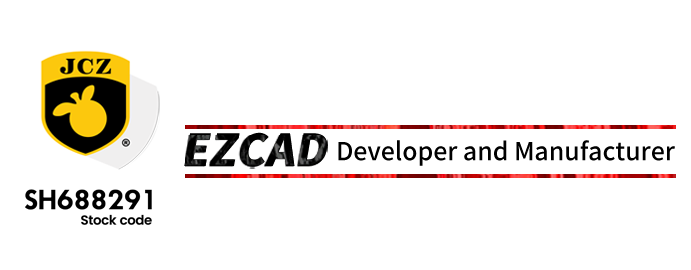Introduction
In recent years, ultraviolet (UV) laser technology has gained significant attention across various industries due to its precision and versatility. This article explores the various aspects of UV laser technology, including its applications, advantages, and the science behind it. Keywords such as “UV laser,” “ultraviolet laser,” “UV marking,” and “UV laser engraving” will be examined in detail, showcasing how this technology is revolutionizing manufacturing and design processes.
Understanding UV Laser Technology
What is UV Laser?
A UV laser emits light at a wavelength in the ultraviolet spectrum, typically ranging from 200 nm to 400 nm. Common types include the 355 nm and 365 nm lasers, which are particularly favored for their efficiency in various applications. The unique characteristics of UV laser light make it suitable for processes requiring high precision and minimal thermal impact on materials.
How UV Lasers Work
UV lasers utilize a process known as photonic energy, where the emitted light interacts with materials at a molecular level. This interaction can cause materials to vaporize, engrave, or mark without affecting the surrounding areas significantly. This characteristic is crucial for applications requiring fine details and minimal thermal distortion.
Applications of UV Laser Technology
UV Marking
One of the most common applications of UV lasers is in UV marking. This process is widely used in the electronics and packaging industries to create permanent marks on products without compromising their integrity. The UV laser can mark various surfaces, including metals, plastics, and glass, providing high-quality results that are resistant to wear and fading.
UV Laser Engraving
UV laser engraving is another significant application. This technique allows for intricate designs and patterns to be engraved into materials like glass and acrylic. The precision of UV lasers means that even the most delicate designs can be achieved, making them ideal for personalized products and high-end goods.
UV Laser Etching
Similar to engraving, UV laser etching involves removing material to create a design or text on the surface. This method is often used in creating detailed logos or branding on products. The high precision of UV lasers ensures that the etching is clean and well-defined, enhancing the product’s aesthetic appeal.
Advantages of UV Laser Technology
Precision and Quality
One of the most significant advantages of using UV lasers is their ability to achieve high precision and quality. The focused beam of UV laser light allows for intricate designs and fine details to be produced with minimal error. This is particularly important in industries where precision is critical, such as electronics and jewelry.
Minimal Heat Affected Zone (HAZ)
Unlike traditional lasers, UV lasers produce a minimal heat-affected zone. This characteristic is vital for sensitive materials that can warp or degrade when exposed to heat. The low thermal impact ensures that the integrity of the material is maintained, making UV lasers suitable for delicate applications.
Versatility
UV laser technology is incredibly versatile, capable of working with various materials, including plastics, metals, glass, and ceramics. This flexibility makes it an attractive option for manufacturers looking to streamline their processes and reduce equipment costs.
Conclusion
UV laser technology, with its ability to mark, engrave, and etch with high precision, is transforming various industries. The advantages of using UV lasers, such as minimal heat impact and versatility, position them as essential tools in modern manufacturing and design. As technology continues to advance, the applications of UV lasers are expected to expand further, opening new possibilities for innovation.
由用户投稿整理稿件发布,不代表本站观点及观点,进行交流学习之用,如涉及版权等问题,请随时联系我们(yangmei@bjjcz.com),我们将在第一时间给予处理。
Post time: Oct-28-2024







